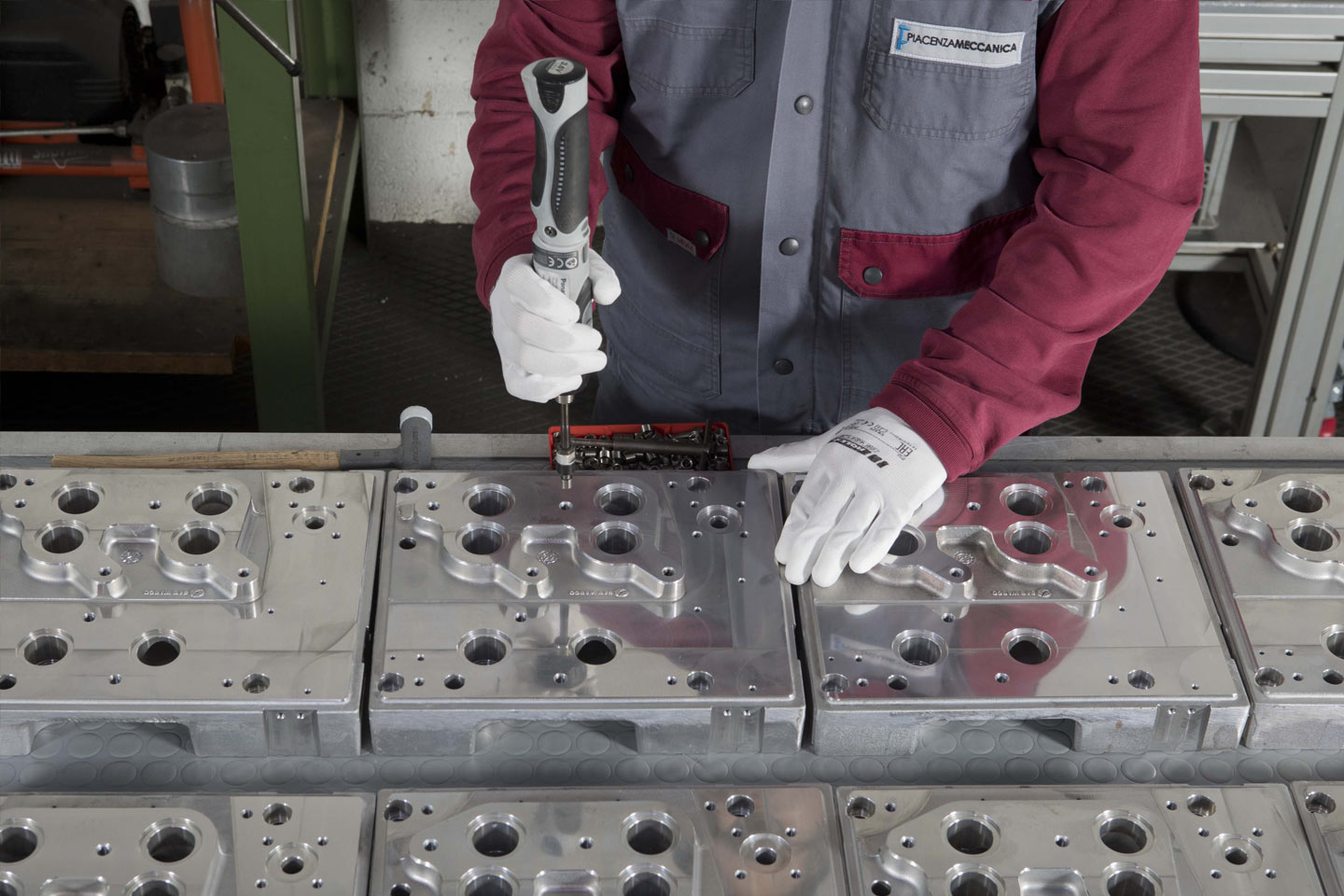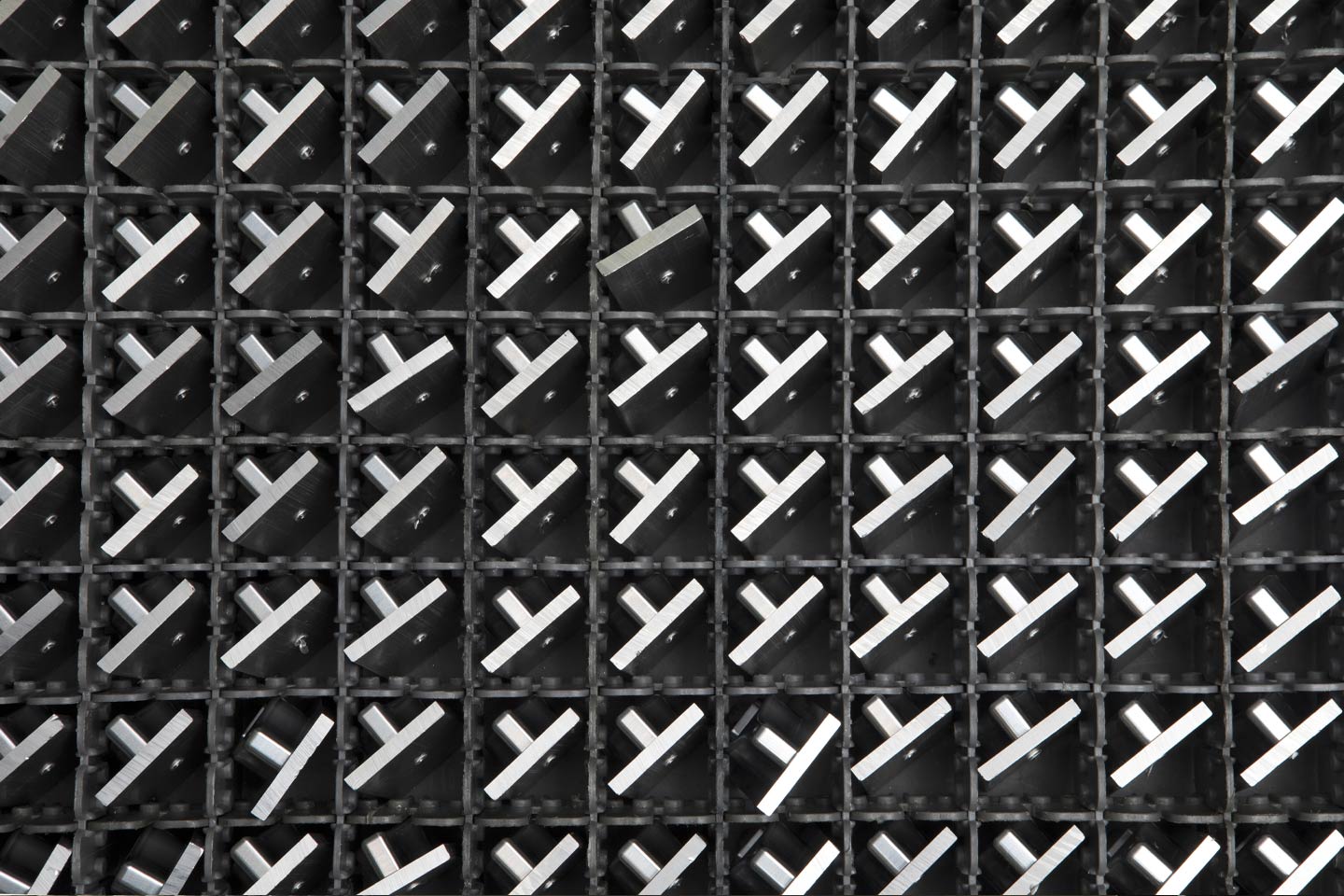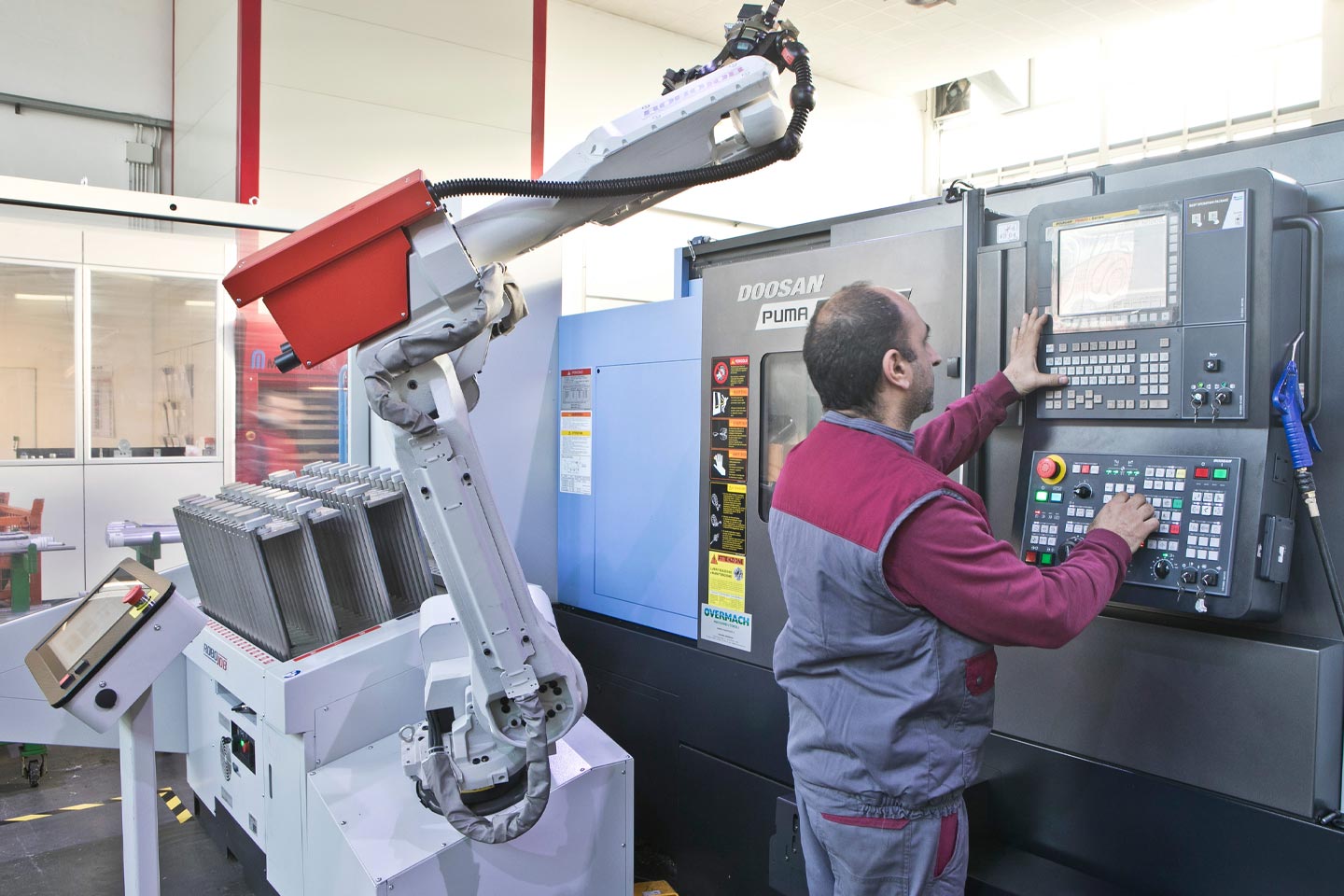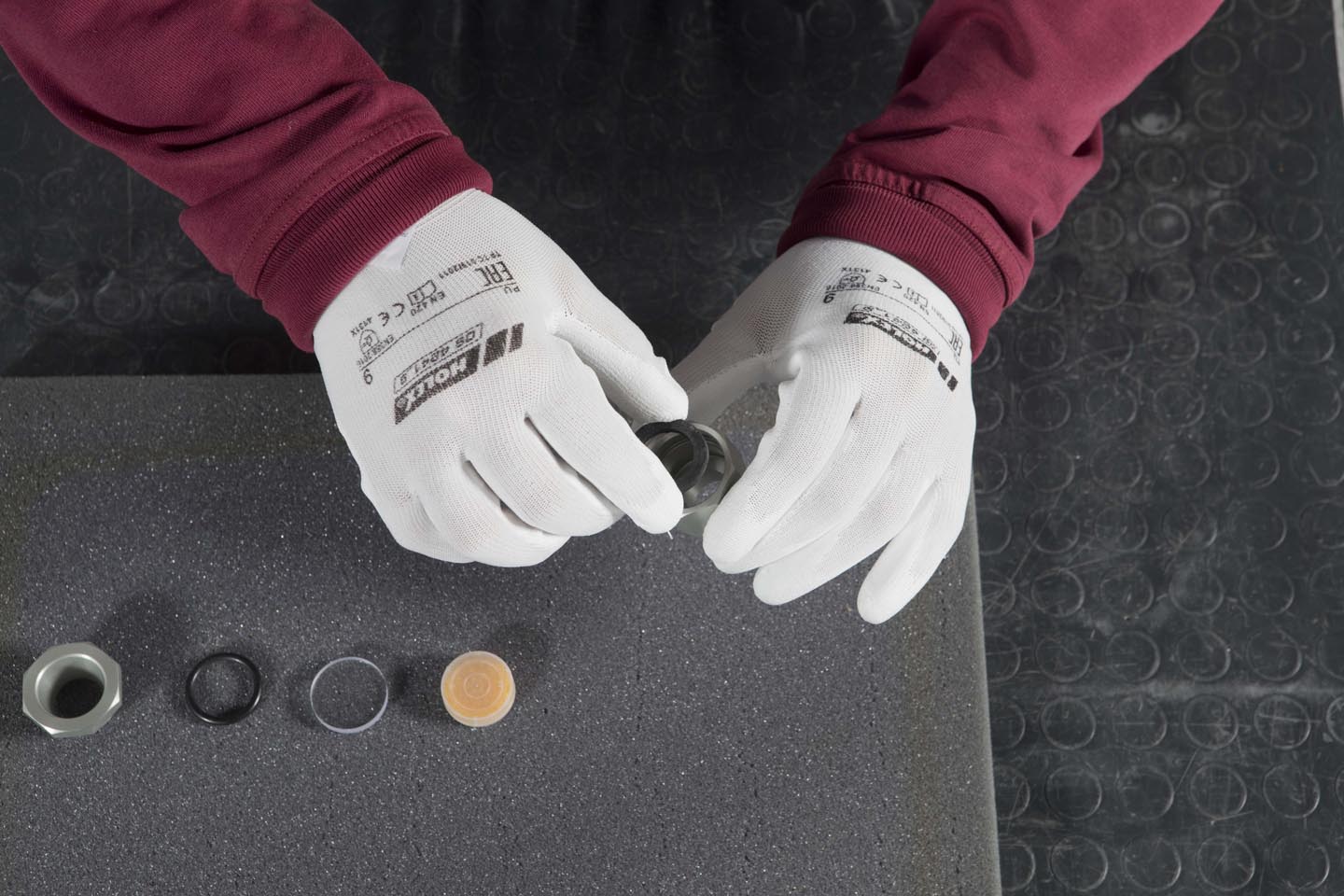In April 1869, when he was only twenty-three years old, George Westinghouse succeeded in convincing local railroad infrastructure officials and experts to test the prototype of his new train braking system. Mounted on a convoy consisting of a locomotive and 4 cars that departed from the Pittsburgh station, thecompressed-air braking system revealed its effectiveness when the vehicle, launched at a speed of 30 mph (50 km/h), managed to stop just before impact with a farm wagon that had accidentally stopped on the tracks.
Despite his performance, the young man was not satisfied with his invention and, over the next three years, he continued to work on its refinement; until he succeeded in reducing braking times and distances and solving the main vulnerability of the system - namely, the absence of a mechanism that could guarantee that the train would stop even in the event of partial failure of the braking system. It was thanks to the introduction of an additional metalmechanical component - the triple valve or distributor - that the air brake achieved maximum reliability and, to this day, the type of system that regulates the braking or unbraking of most of the rolling stock in circulation,remains the one devised by the young New Yorker over a century ago.
The Westinghouse automatic continuous brake: a masterpiece of engineering and mechanics
From east to west, the Westinghouse orFCA automatic continuous brake is the standard of referenceformost of the world's railway braking systems. In this type of system, all ivagons are pneumatically connected to each other via thegeneral conduit or brake line. The pressure drop, regulated by the brake control or control tap located in the driver's cab and operated by the engineer, propagating throughout the train, reaches the various braking equipment in the trainset, and operates brake pistons and cylinders.
The process is simple and sophisticated at the same time. The air needed to feed the system is taken from outside and pushed, through a suction filter that captures coarse impurities, to one or more compressors. The mass of air pressurized to 8 to 10 bar is then filtered again and dried by absorption (i.e., by the action of chemicals capable of retaining water vapor); finally, it is stored in the main tank whichaccommodates and stores the volumes of air needed to supply the braking system and the train's service equipment (e.g., the door opening and closing mechanism). When the engineer operates the brake control, he enables the passage of compressed air at a pressure of 5 bar from the main reservoir along the general pipeline. The change in pressure values prompts the distributor, which intercepts the air passage, compares the pressure values of the general pipeline and the control reservoir connected to the brake, and converts the information in bar into a pulse to be transmitted to the cylinder.
The distributor or triple valve, is therefore in effect akey component of the braking system in that it connects the elements of the system that accomplish braking and cause unbraking, when air leaves the brake cylinder and is released back into the atmosphere. The operation of this closed system-and consequently the safety of freight and passengers on the road-is ensured by the reliability and performance of all the parts that make up the assembly.
Piacenzameccanica on the rails of history
Historically, the European railway system has been managed on a national basis by the individual member states through special monopoly companies, often under the relevant ministries, in charge of: the provision of infrastructure and rolling stock; service regulation; and safety. EEC Directive 440/1991 imposed the first separation between the management of infrastructure and that of transport services; and other regulations issued in the years that followed contributed to the final liberalization of the railway system for which today a hybrid system is in force, with multiple stakeholders involved in the same mission.
In Italy, RFI Ferrovie dello Stato Italiane manages the national infrastructure according to the methods and criteria established by EU Directive 798/2016. As a result of this regulation, the industries involved in the production and supply of rollingstock are the same entities in charge of and responsible for periodic maintenance operations on the same. Of the glorious industrial past that saw our country on the podium of nations that excelled in the production of railway rolling stock, there is not much left and the actors left on the scene, to date, are few: the Japanese Hitachi Rail, which, after the acquisition of Ansaldo Breda in 2015, supplies means to the main Italian operators; the German Knorr-Bremse or the American Wabtec Corporation, both leaders in the production of braking systems.
These are mostly multinationals and large industrial groups that have followed a path of evolution and growth parallel to the railway sector, then distinguished themselves in terms of skills, know-how and product quality and established themselves as an oligopoly. For three generations and still today, Piacenzameccanica has interacted with the giants that produce the world's best braking systems,supplying them with the highest precisionmetalmechanical components . From the triple valve that is the heart of the system, to the relief valve that prevents overloading of the system; from theshutoff taps that pneumatically unite the various conveyances allowing the continuity of braking, to the isolation tap to exclude braking equipment from the brake in case of failure.
Even in a dynamic, state-of-the-art-oriented scenario such as that of the railway sector, which has to handle ever-increasing volumes of users and speeds, it is paradoxical as much as it is strangely reassuring to see how even the most innovative and complex systems, in order to function, needeternal technologies and skills , now readapted according to BAT guidelines and translated into 4.0 processes - as in the case of precision metalworking for the railway sector signed Piacenzameccanica.




